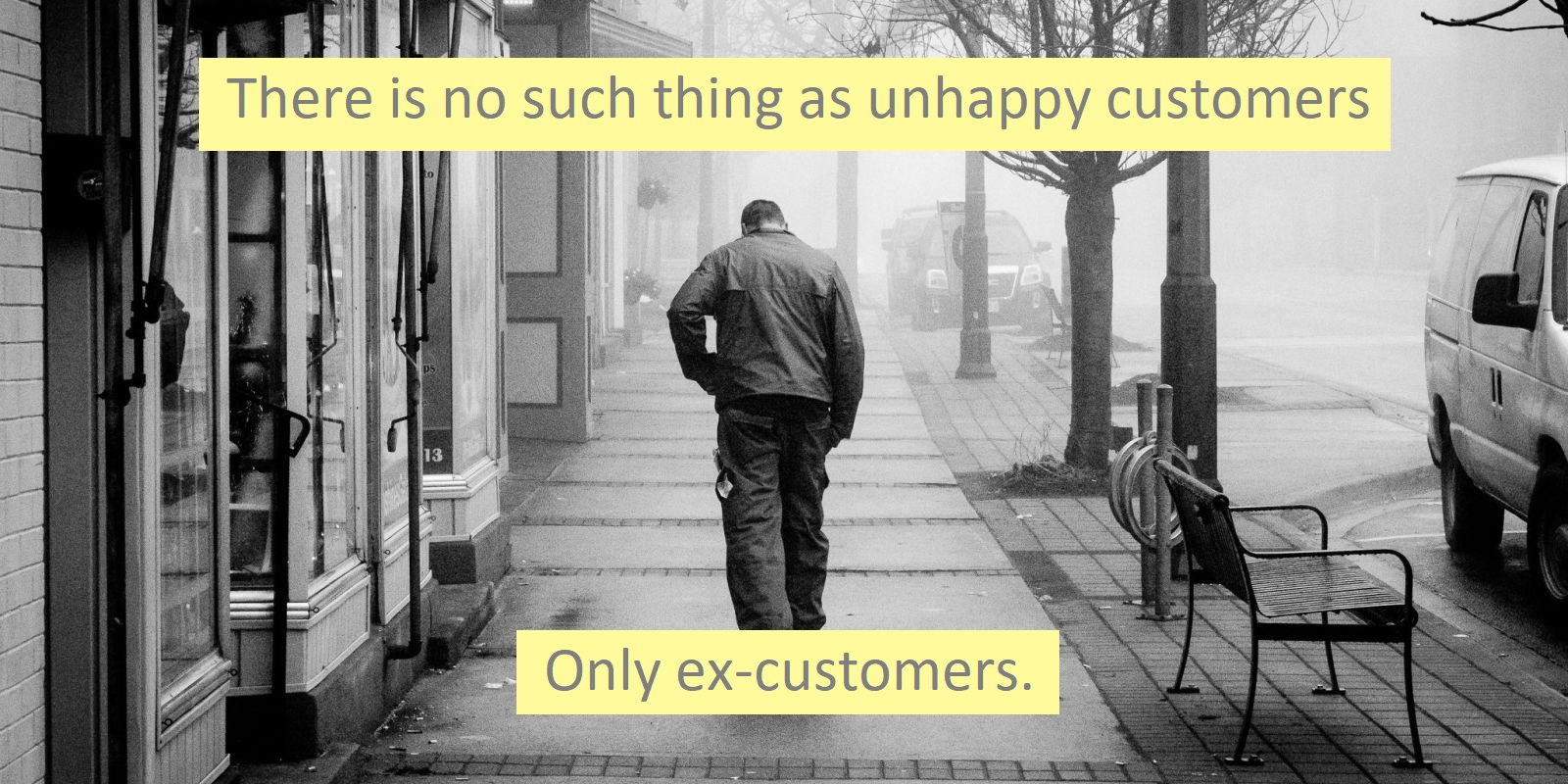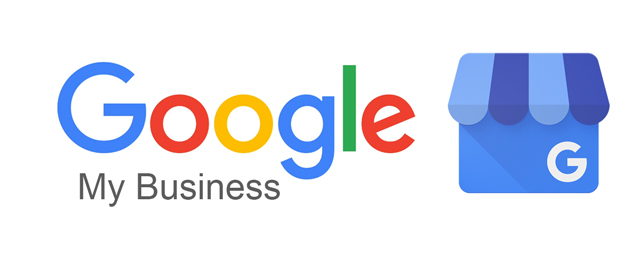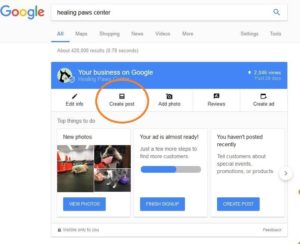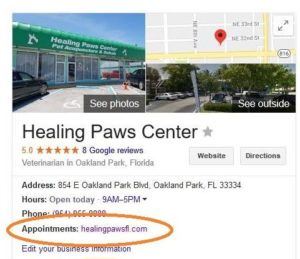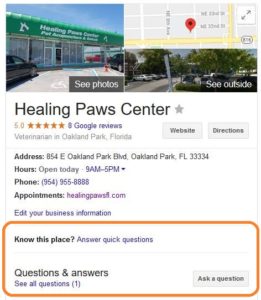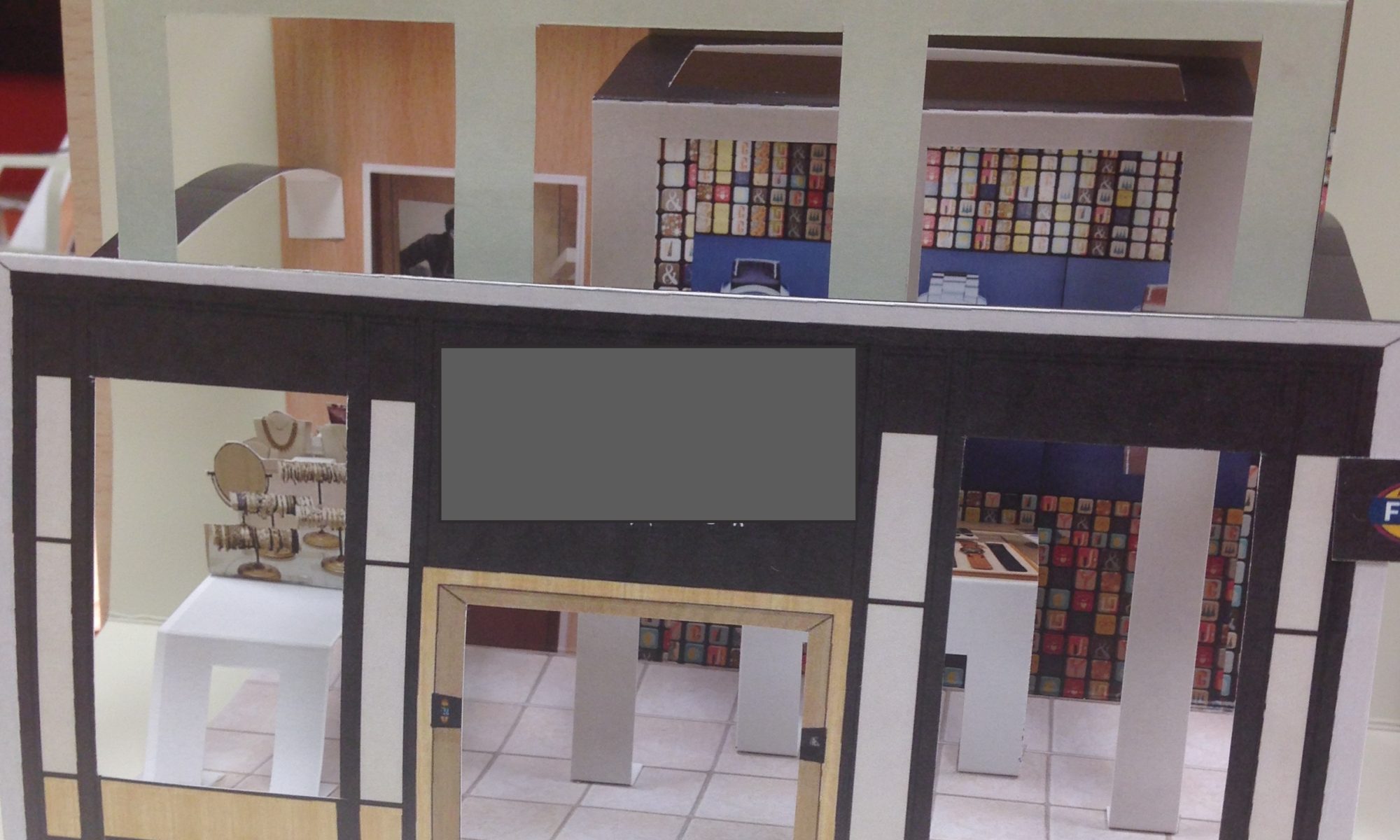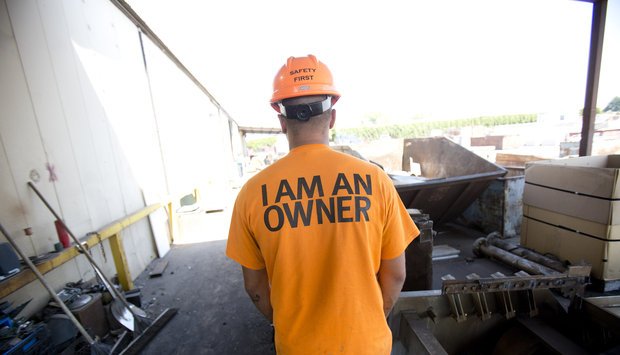Reviews Are Important. Critical, Even.
We bring up the importance of reviews very frequently here at One Hand Off. So clearly silent customers are an issue. Here’s the summary of usual advice:
- Review sites are business scorecards: small businesses complain about Yelp et al, but instead should embrace the feedback provided through those sites.
- Successful businesses measure *everything*.
- There is no more direct measure of a business’ success than customer feedback. Embrace it.
- Address recurring issues.
- Ensure balance through focused outreach to happy customers.
- Use feedback as a teaching tool for staff.
- Demonstrate your authenticity through your review responses.
Let’s Take A Longer Look At Reviews and Silent Customers
Do you have customers that leave suddenly? You’ve been doing this outstanding job for them, lavishing them with truckloads of service and yet they’re gone without a word.
The key operating factor here is ‘without a word.’ That’s the scary part! The silent ones are always the most dangerous. If you would like to learn how to keep your customers, you’ve first got to keep them noisy.
Imagine you run a pizza parlor. You have all these neighborhood families that pop in at least once a week for some pizza, garlic bread and Coke.
On an average, one customer spends about $30 per week. But let’s assume they spend just $20. Imagine you did something that bugged this customer, but he or she never told you about it. What would you stand to lose if they left?
Its simple math: You lose $20 x 50 weeks. That’s equivalent to $1000 a year.
If you lost just 10 such customers per month, you’d lose about 100 clients a year.
That’s $100,000 that could be in your back pocket if you were a little complaint-conscious.
That Doesn’t Happen in Our Business: The Denial Syndrome
Overtly it won’t. In a Bain & Company survey of major corporations, they found that on average, U.S. Corporations lose half their customers in five years. Notice, it wasn’t ‘one year’ or ‘suddenly’.
Clients have a tipping point. They get unhappy bit by bit and then its camel-back-breaking time. So, if you think that all your customers are happy with you-they aren’t. It’s a basic fact of life.
What’s really challenging is that you can’t measure how much business you’re really losing. A study was done on a bank, they found they had as many accounts as they had a year ago. What they failed to measure was how most of the people had ‘silently’ transferred the money out into other banks and the closure of the account was a last measure, somewhere down the line.
The same thing applies to your customer. Like a patient Buddha, they will seemingly appear to put up with everything, till suddenly you find they don’t use you anymore. This is a classic flight of business. You hear nothing of it, till it’s almost gone and it takes a mammoth effort just to hold on to the business.
If you look at it from another perspective, you might even be getting equal to or slightly less business from your customer. Naturally this doesn’t ring any alarm bells. However, if you’ve been watching carefully, your customer has probably grown bigger and richer in the past few months or years. If your business with them has not grown exponentially, you are actually LOSING OUT.
No matter how successful your business, you will always have scope for improvement. Best of all, you will always have complaining customers. Don’t deny the fact. Accept it and then do something about it.
The Real Reason Why You Lose Customers
Last month we went to a national chain to pick up some tacos for dinner. On the way home we discovered that the tacos were soggy and tasted terrible.
How would most customers react? It would depend on their history with the product, but most people would grumble and simply not go back. We complained.
We picked up the phone and called the toll free line. They asked us to place our order. We said we didn’t want to place an order, we just wanted to complain. They said, “We don’t take complaints on this line. You’ll have to call the manager at the store where you bought it and talk to him.”
Now why would I bother to go through all that trouble?
It’s easier to never go back. All that money that Taco Bell spends trying to get new customers is going down the drain and out the back door because they don’t have a complaint line.
Most companies act precisely in the same manner. For one, they have no real complaint department. If clients are unhappy, they feel embarrassed to complain and because no route has been cleared to vent their feelings, they avoid it completely.
Or maybe they do crank up the courage to speak to someone in person. Are you managers trained to diffuse an upset customer? Are your managers empowered to fix the problem even if it costs you money or product?
Is your manager solely focused on recovering that customer, or are they “just trying to get rid of” a difficult customer? If the latter, then you’ve lost the customer.
Obviously, you can’t wait for something to go wrong. Your job is to find ways to get the client to complain. If they complain, you are getting feedback that is extremely valuable and is probably relevant for all your other clients as well. Best of all, empowered with a complaint channel, a well-trained client will complain at every juncture giving you the opportunity to fix the problem and regain their trust.
How Companies React to Complaints
Virgin Airlines CEO, Richard Branson, sometimes makes an appearance at the gates when a flight is late, apologizing profusely to all passengers as they check out. How angry would you continue to be if you ran into a situation like this?
Yet most companies detest complaints. Living in their ivory towers, owners refuse to believe that any of their clients would leave. So they never ask for feedback. On the rare occasion that clients get upset enough to put it in words, it’s too late. Even then, a complaint is treated with nuisance value.
“But the first step my company takes when dealing with complaints is that we fix it.”
That approach may make you feel better, but doesn’t truly help your customer.
For example, because of their inept service, the plane took off without you, you missed your meeting and lost more than just your temper. Do you think, just issuing a flight voucher is going to erase all that trouble?
It’s going to take much, much more. A simple replacement is never the answer. It has to be a heck lot more than just a numb “we’re sorry”. You’ve got to woo the customer back. An honest, truly heart-felt apology is a start. Then you’ve got to lay it on thick and the thicker the better.
The Problem With Zero Defect
Lots of companies ran themselves into the ground trying to achieve zero defects. In an unpredictable world like ours, that goal is unreal. Even the best of intentions aren’t much use if you run into a flash flood. Clients recognize that. However, it’s up to you to have a disaster recovery plan in place.
I don’t mean a ‘in case of a nuclear attack’ plan.
At Nordstrom stores across the U.S., salespeople are empowered to do ‘whatever it takes’ to fix a problem, even if it means going to the store across the street and buying the product at a higher price. It’s called the art of immediate recovery, and it assumes that something will go wrong and you will have a Plan B to fix it. The more you prepare yourself for this inevitable event, the less chance the client has to complain.
More often than not, a complaining client is complaining about everything but the product. Ever see people complaining about the food at a restaurant? The principal purpose of the restaurant is food, yet people leave because of loud music, bad service and everything else. Your job is to assume you’re a restaurant and find out what your ‘everything else’ is.
They’re giving you free feedback that would cost a fortune at a research company, so reward them. They’ve been inconvenienced on top of getting a bad product or service. That inconvenience factor deserves payment in the form of a reward over and above just fixing the problem.
Customers who are brought back from the brink are extremely loyal and extremely ‘noisy.’ Treat them like the asset they are.
Remember, it costs eight times as much to get a new customer, than it takes to keep an existing one.

